Advertisement
Artificial Intelligence (AI) is revolutionizing the production, distribution, and marketing of consumer goods. In the fast-moving world of Consumer-Packaged Goods (CPG), companies must evolve to meet rapidly changing consumer expectations and market dynamics. AI is no longer just an experimental tool—it's becoming a core engine behind decision-making, personalization, and operational efficiency. From automating supply chains to enhancing consumer targeting, the CPG sector is leveraging AI to drive performance and future-proof its business models.
In this article, we explore what CPG is, what AI code means in this space, the benefits it brings, the most impactful applications transforming the industry, and what the future may hold.
CPG stands for Consumer-Packaged Goods products that consumers use daily and replace frequently. These include items such as food, beverages, toiletries, cleaning supplies, and over-the-counter medications. CPG products are typically sold through retailers like supermarkets, convenience stores, and e-commerce platforms. Due to their high turnover and tight margins, efficiency, agility, and customer understanding are essential in the CPG industry.
AI code in CPG refers to the underlying algorithms, models, and logic that power artificial intelligence applications within the consumer goods sector. This includes everything from machine learning models that predict demand to natural language processing systems used in chatbots and computer vision systems that optimize shelf displays. AI code enables companies to automate tasks, identify patterns in large datasets, and make smarter, faster decisions based on real-time insights.
AI code is not a single application but a toolkit that powers an ecosystem of intelligent capabilities. When integrated across departments, such as marketing, logistics, product development, and customer service, AI code serves as the backbone for scalable digital transformation in the CPG sector.
AI code is transforming the CPG landscape by offering numerous advantages:
Automating manual and repetitive processes enables faster production cycles, lower error rates, and optimized labor utilization. AI-driven systems can dynamically allocate resources and maximize manufacturing lines for maximum efficiency and output.
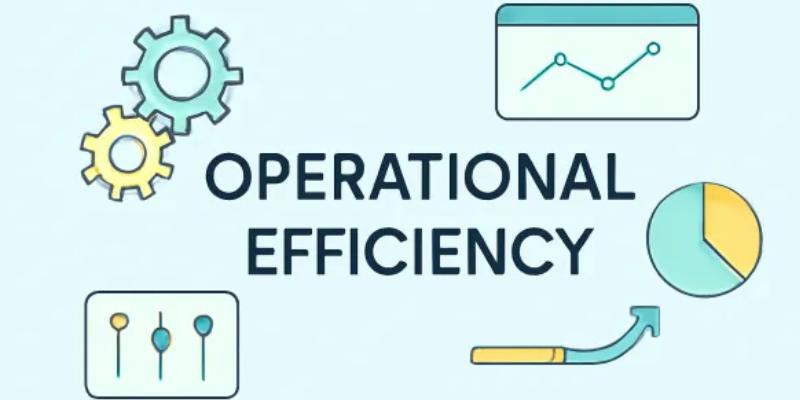
With access to real-time market data and consumption patterns, AI can accurately predict demand fluctuations, enabling brands to adjust their procurement, inventory, and staffing accordingly. This leads to better in-stock rates and minimal waste.
AI enables hyper-targeted marketing, personalized product recommendations, and tailored promotions by analyzing consumer behavior, preferences, and purchasing history. This personalization increases engagement, loyalty, and lifetime customer value.
Traditional product development cycles are long and resource-intensive. AI code analyzes competitor strategies, trend signals, and customer reviews to guide R&D efforts toward successful product launches with less guesswork and more precision.
With AI-powered chatbots and sentiment analysis tools, brands can offer 24/7 customer support, proactive issue resolution, and personalized interactions. These AI features improve satisfaction and foster deeper emotional connections.
Sustainability is a growing concern among consumers and regulators. AI contributes to eco-friendly practices through demand prediction (reducing overproduction), innovative packaging design, energy-efficient routing, and waste detection in production environments.
Here are some of the most impactful and widely adopted applications of AI in the CPG space:
AI models analyze historical sales, seasonal patterns, weather trends, promotional calendars, and real-time consumer data to predict product demand with high accuracy. This helps brands reduce stockouts, avoid overproduction, and better meet consumer needs. Retailers and manufacturers alike benefit from synchronized planning and leaner inventory practices.
AI enables real-time decision-making in route planning, inventory management, and warehouse automation. Intelligent systems can automatically reassign shipments, adjust delivery schedules during disruptions, and allocate resources based on priority levels. The result is faster delivery, fewer stockouts, and lower operating costs.
AI-powered segmentation tools can break down vast customer databases to identify micro-segments and behavioral patterns. These insights enable the creation of marketing content that resonates with each group, improving click-through rates, conversions, and brand affinity. Dynamic pricing algorithms and AI-driven content recommendation engines also help tailor offers across digital platforms.
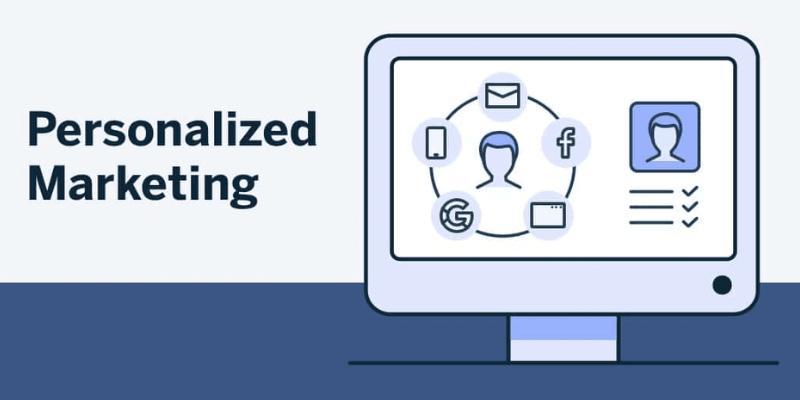
AI processes millions of data points from reviews, competitor SKUs, emerging trends, and online sentiment to inform R&D teams. Whether it's developing a new flavor of beverage or re-engineering packaging for sustainability, AI allows rapid prototyping and simulation, reducing the time-to-market from months to weeks.
Using computer vision and IoT sensors, AI can scan store shelves in real-time to ensure products are placed correctly, replenished as needed, and aligned with planograms. Retailers and CPG brands can monitor compliance, improve shelf availability, and gain insights into competitor activity with unmatched speed and accuracy.
AI-powered virtual assistants handle high volumes of customer queries across multiple channels (email, chat, social media) with speed and precision. They offer multilingual support, sentiment-aware responses, and context-aware solutions, reducing response time and human workload while maintaining service quality.
AI models optimize raw material sourcing, reduce energy consumption in manufacturing, and enable predictive maintenance to avoid equipment failure and waste. They also improve recycling logistics, packaging efficiency, and waste categorization—supporting a more circular and responsible supply chain.
As technology continues to advance, the potential for AI in the CPG industry grows even more promising. Shortly, we can expect:
Conclusion
Cracking the AI code in the CPG sector is more than an IT challenge—it's a strategic imperative. The best applications of AI enable brands to understand their customers better, streamline operations, and deliver products with speed, precision, and personalization.
As technology continues to advance, early adopters of AI in CPG will not only survive the disruption but thrive in a more innovative, faster, and more competitive marketplace. Explore how your brand can embrace AI to stay ahead in the evolving world of consumer goods.
Advertisement
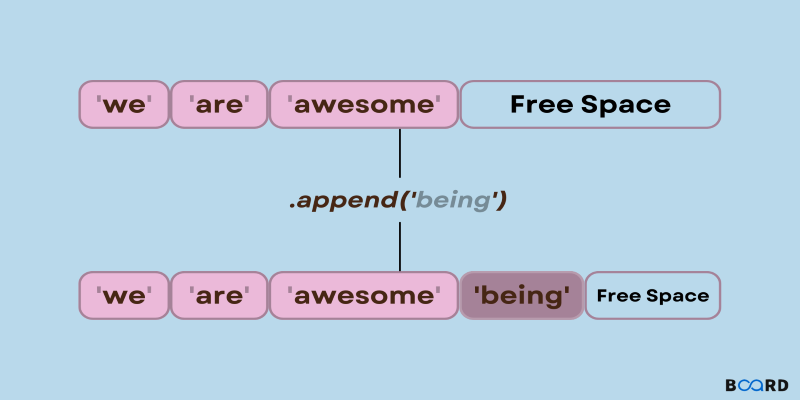
Need to add items to a Python list? Learn how append() works, what it does under the hood, and when to use it with confidence
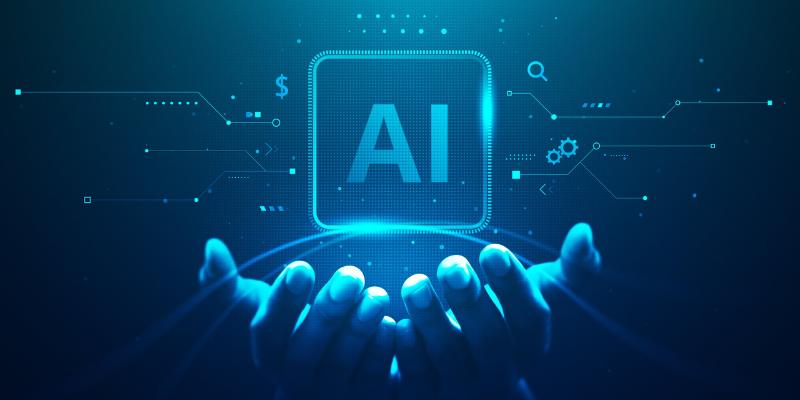
Find why authors are demanding fair pay from AI vendors who are using their work without proper consent or compensation.

Compare Microsoft, Copilot Studio, and custom AI to find the best solution for your business needs.
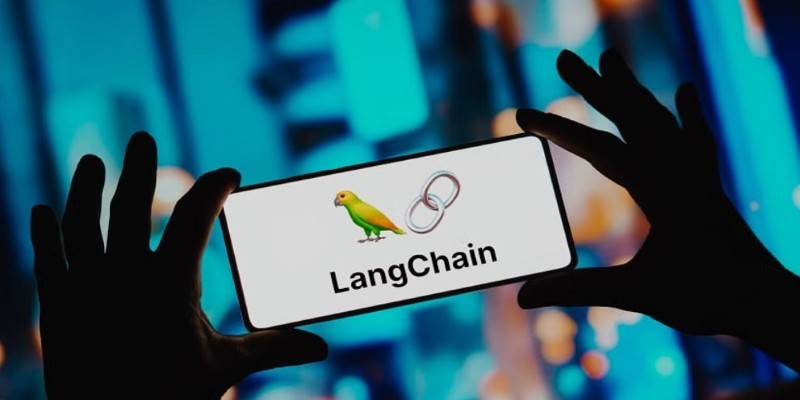
How to automate data analysis with Langchain using language models, custom tools, and smart chains. Streamline your reporting and insights through efficient Langchain data workflows
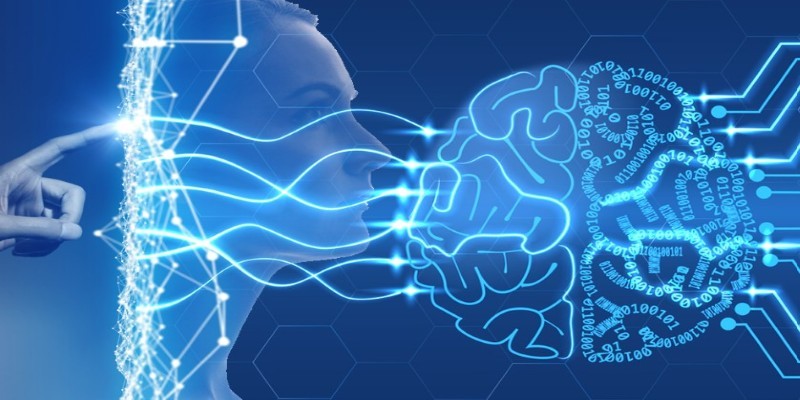
How depth2img pre-trained models improve image-to-image generation by using depth maps to preserve structure and realism in visual transformations

How Netflix Case Study (EDA) reveals the data-driven strategies behind its streaming success, showing how viewer behavior and preferences shape content and user experience

Apple’s AI-powered RoomPlan uses LiDAR and AI to create accurate 3D room models that integrate seamlessly with top design apps
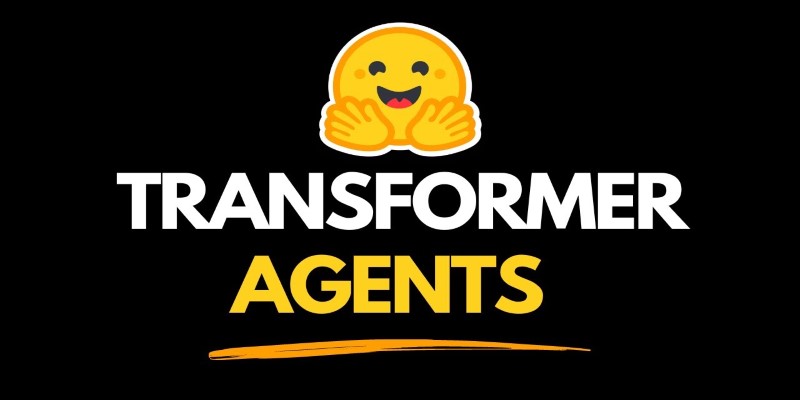
What if your AI could actually get work done? Hugging Face’s Transformer Agent combines models and tools to handle real tasks—file, image, code, and more
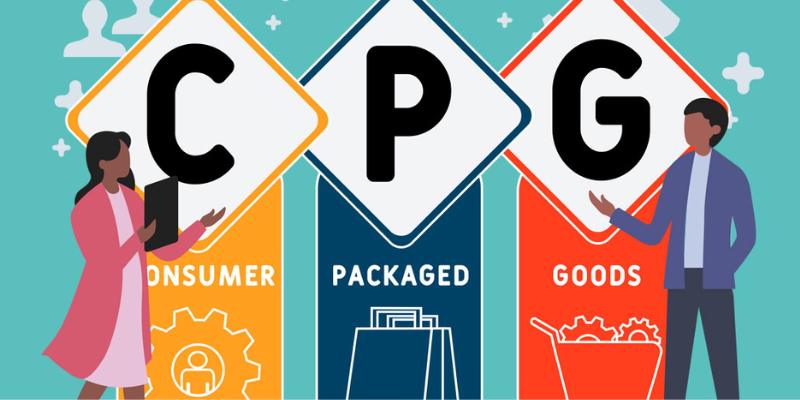
Find how AI is transforming the CPG sector with powerful applications in marketing, supply chain, and product innovation.
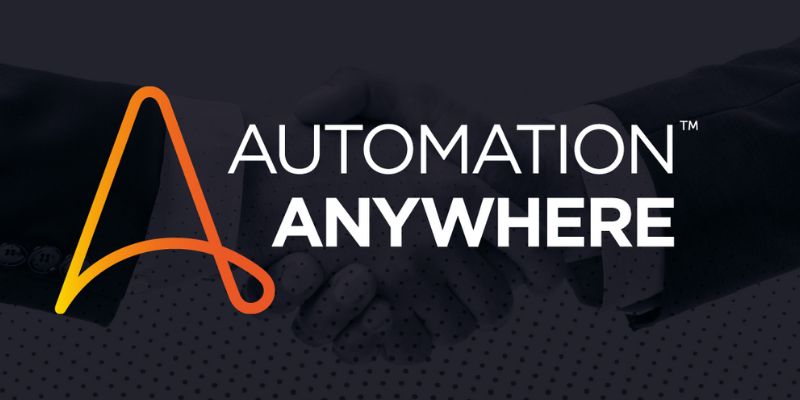
Automation Anywhere uses AI to enhance process discovery, enabling faster insights, lower costs, and scalable transformation

Master GPT-4.1 prompting with this detailed guide. Learn techniques, tips, and FAQs to improve your AI prompts

Celonis faces rising competition by evolving process mining with real-time insights, integration, and user-friendly automation